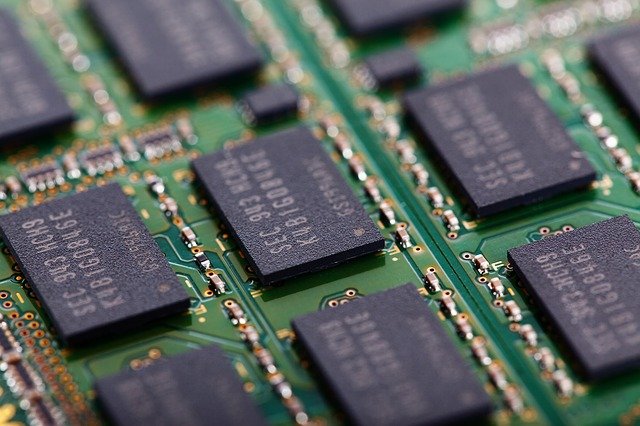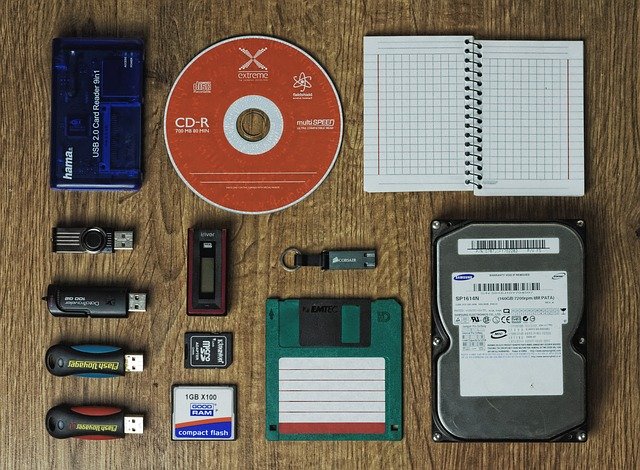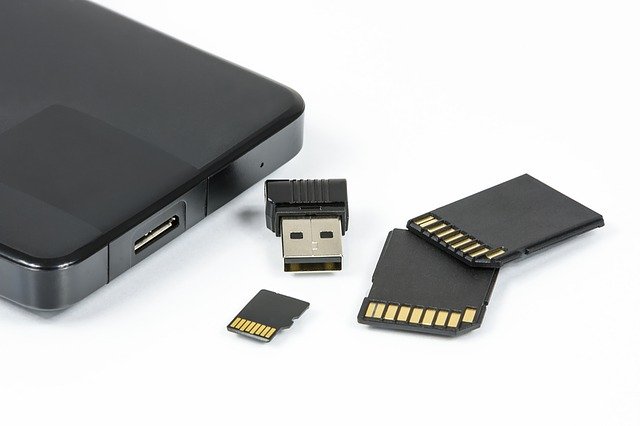Big data is a term that’s familiar to many; it has permeated the mainstream consciousness so much that it has even become a buzzword in the realm of business and marketing. Big data is “big” because it exceeds the processing capacity of conventional database systems like MySQL, Oracle, and Microsoft Access. Two main challenges arise from processing big data: the data does not have inherent value as it is so it must be processed to gain actionable insights and the data moves too fast or doesn’t fit the structure of common database architectures.
The solution lies in rethinking storage so that a business or organization can implement the appropriate infrastructure. The crucial factors in processing big data are size and speed; being able to access data in real-time is a major differentiator. This is where in-memory computing comes in.
To understand in-memory technologies, however, it’s vital to address another roadblock in its adoption: clarifying the in-memory conundrum. In-memory terminologies should be familiar by now to those following technology and IT trends, but there has been some confusion regarding what they actually mean. What’s the difference between the terms in-memory database, in-memory data grid, and in-memory computing? The below definitions illustrate their differences.
. In-Memory Database (IMDB)
This refers to a standalone database management system that uses RAM for data storage. RAM is significantly faster than disk, and an IMDB is designed to take advantage of this speed by removing disk access from the equation. To the ordinary
business owner or manager, knowing how to manage your database can be
confusing. Therefore, it is vital that you reach out to a database management
services firm that can help you remotely, providing real-time monitoring and
reports, capacity planning, and everything to do with data. Don’t feel the need to
keep it as your responsibility when there are experts on hand.
. In-Memory Data Grid (IMDG)
This refers to a data fabric designed for easy acceleration and scaling of applications and services. Due to its high throughput and low latency, access to disk-based storage is minimized, making it a cost-effective solution that’s also simple to deploy. The IMDG’s design reduces data movement over the network since both the application and its data collocate in the same memory space.
In-Memory Computing (IMC)
This refers to a method of computing that relies on the main memory of a distributed computing environment that runs the applications. IMC uses the main memory as the primary data store for applications. It’s designed for negligible latency during data access, even if there is a large amount of data to be queried.
How Does an IMDG Work?
An IMDG, essentially, is a set of computers networked together so that their RAM can be used by applications to share data within the network. More than storage, an IMDG is designed for extremely high-speed data processing and for large-scale applications that require more RAM than is typically found in a single server. Using RAM in conjunction with the processing power of several computers within the network allows an IMDG to provide the highest possible application performance.
An IMDG runs specialized software on each computer in a cluster or network so that applications can easily share data without relying on disk-based storage and with minimal data movement within the network. Each computer has its own data structures, but the view is shared across the network. The specialized software’s main objective is to keep track of the data in each individual node so that it can be shared easily and seamlessly to any application or another node. This synchronicity of data across the network and within each cluster solves the complex process of data retrieval and updating, allowing organizations to make application development quicker and more efficient.
IMDG as a Solution
A common use case for the IMDG is payment processing since this involves several calculations that must be done within a very small time window. This includes authentication of payment, payment network selection, and fraud detection, with the last one being the heaviest computation-wise. Fraud detection measures the probability of fraud by making a comparison of the current transaction to the entire history of transactions, not to mention the reduction of the number of false positives. Companies typically implement multiple fraud detection algorithms concurrently to reduce both fraud and false positives. An IMDG allows the system to run these algorithms without affecting the millisecond-level responsiveness required to preserve a positive customer experience.
An IMDG can also help businesses assess potential risk that can affect operations and regulatory compliance. By providing real-time insights based on gathered data, companies can act swiftly and accordingly before small problems become major headaches. An IMDG also has the ability to process millions of events per second while also analyzing them so that cyber attacks and system breakdown are detected early and addressed immediately.
The Future of IMDG
If big data is the future, then IMDG is the solution to the challenges that big data brings. Because IMDG’s are designed for speed and scalability, it’s widely considered as the best option for businesses that need to make sense of large amounts of data quickly and efficiently. The use cases of IMDG are constantly growing, and it’s expected that they will continue to do so in the coming years. As businesses grow, so does the data they need to process and analyze; it would be remiss for organization’s to dismiss the IMDG’s benefits without giving it the time of day.



